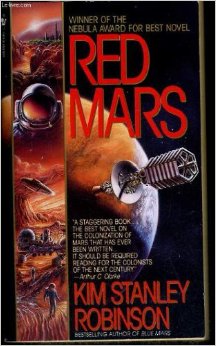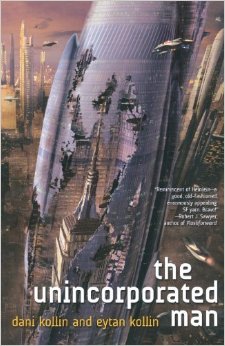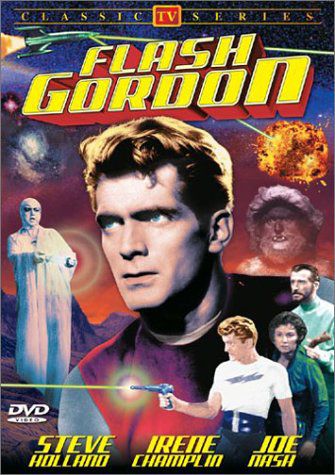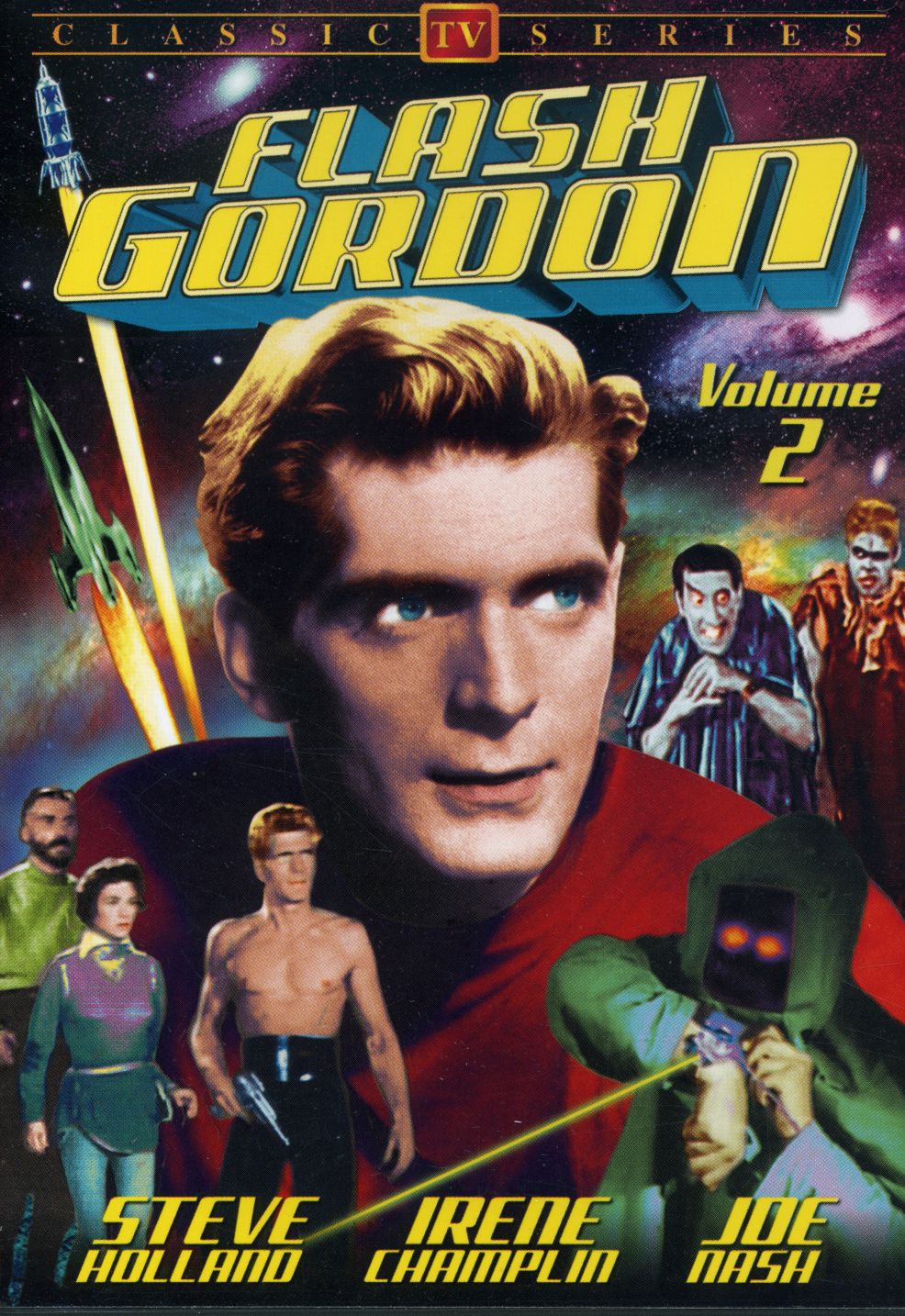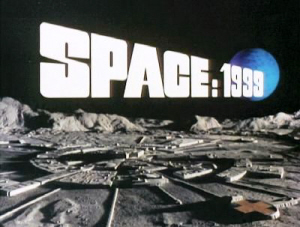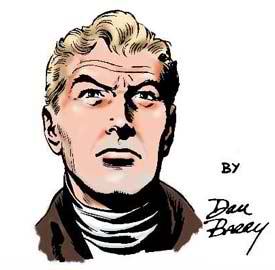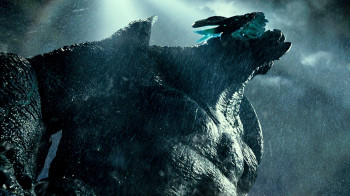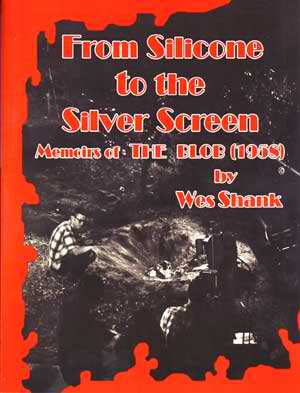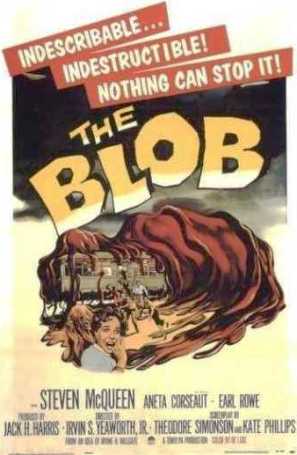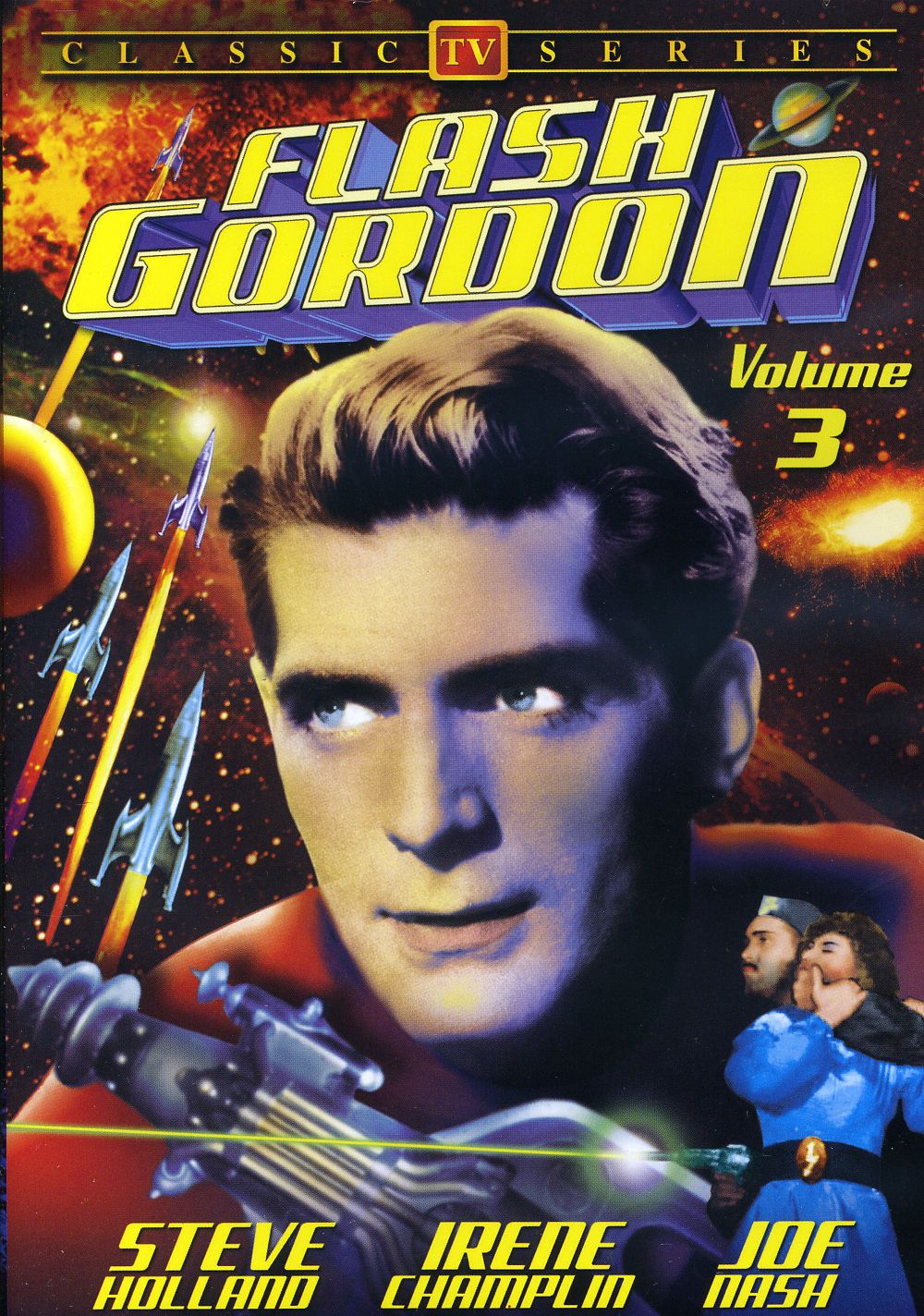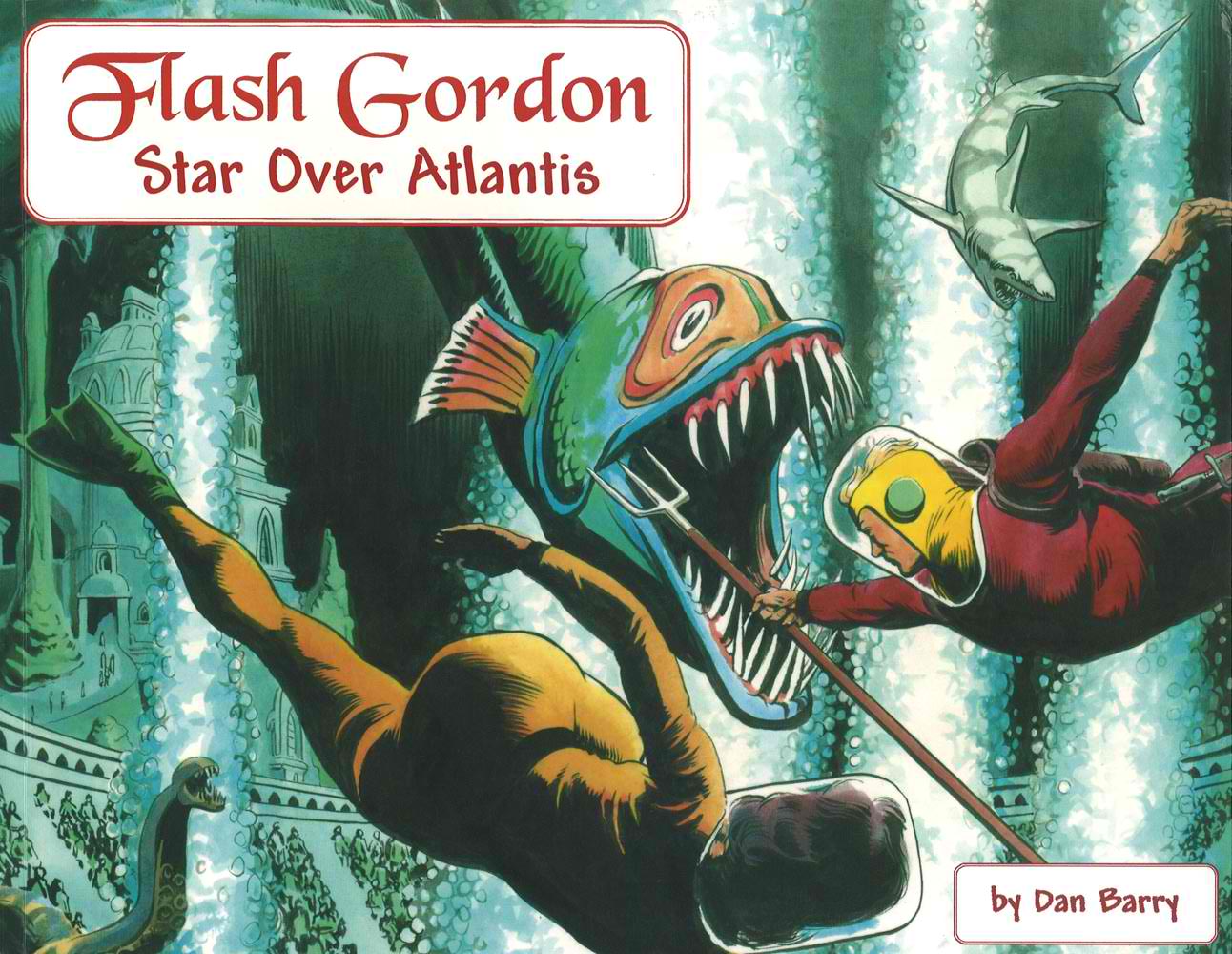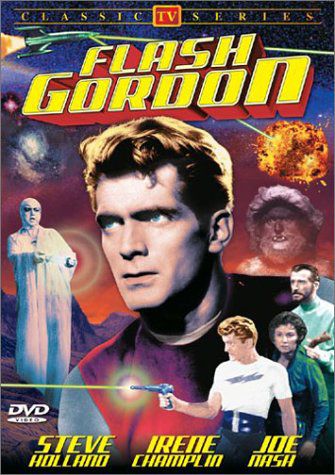Blogging Dan Barry’s Flash Gordon, Part Eleven
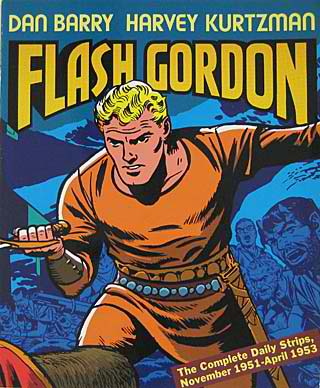
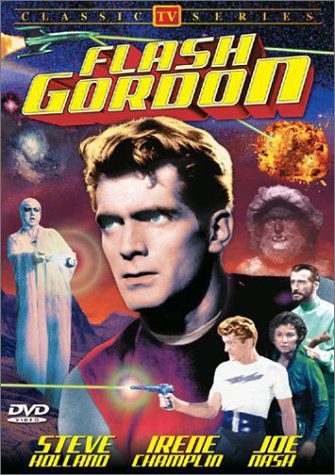 “Tympani” by Dan Barry was serialized by King Features Syndicate from April 27 to July 9, 1955. The strip gets underway with Flash returning to Earth and taking Dale out to enjoy a symphony orchestra concert. Dale’s hair has reverted to its classic look, happily. The concert goes awry when the orchestra launches into a piece and the audience is deafened by the cacophonous sound.
“Tympani” by Dan Barry was serialized by King Features Syndicate from April 27 to July 9, 1955. The strip gets underway with Flash returning to Earth and taking Dale out to enjoy a symphony orchestra concert. Dale’s hair has reverted to its classic look, happily. The concert goes awry when the orchestra launches into a piece and the audience is deafened by the cacophonous sound.
Taking to the streets, they discover every car horn in the city is going off causing accidents and traffic jams. The situation spreads over the globe with factory whistles going off, sonar jamming, rockets misfiring, etc. Soon train accidents cripple the food industry and fuel truck accidents leave people without heat in winter. Dr. Zarkov is busy researching sound vibrations to try to get to the root of the problem that has threatened civilization.
